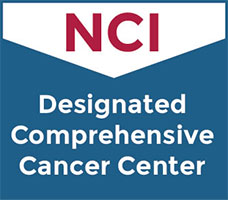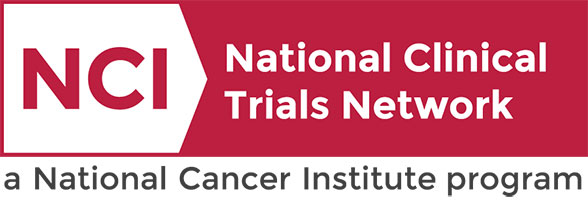Clinical Trials Search at Vanderbilt-Ingram Cancer Center
Testing the Addition of a New Anti-cancer Drug, M3814 (Peposertib), to the Usual Radiotherapy in Patients With Locally Advanced Pancreatic Cancer
Pancreatic
Pancreatic
This phase I/II trial studies the safety, side effects and best dose of M3814 and to see how well it works when given together with radiation therapy in treating patients with pancreatic cancer that has spread to nearby tissue or lymph nodes (locally advanced). M3814 may stop the growth of tumor cells by blocking some of the enzymes needed for cell growth. Hypofractionated radiation therapy delivers higher doses of radiation therapy over a shorter period of time and may kill more tumor cells and have fewer side effects. Giving M3814 and hypofractionated radiation therapy together may be safe, tolerable and/or more effective than radiation therapy alone in treating patients with locally advanced pancreatic cancer.
Pancreatic
I/II
Cardin, Dana
NCT04172532
NCIGIP10366


